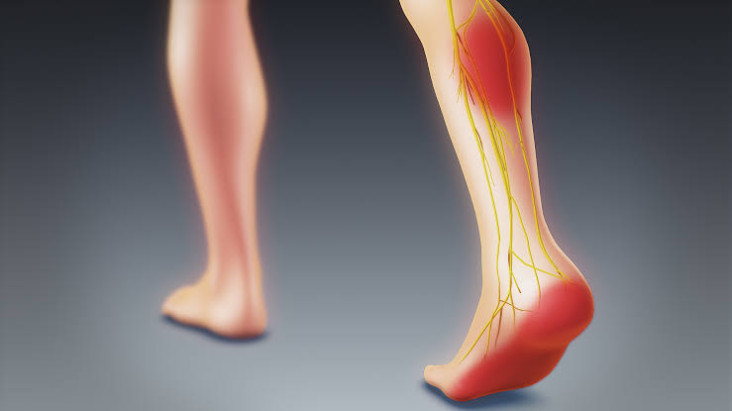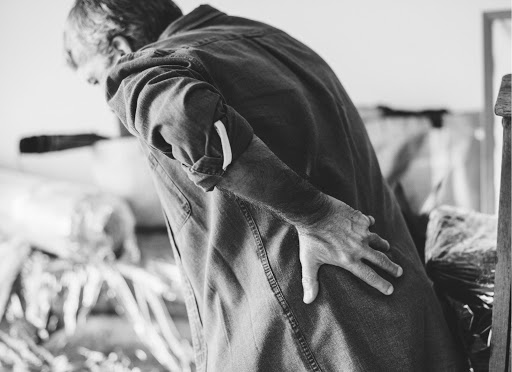Sciatica is a common pain condition which is marked by pain, tingling and numbness which often begins in the buttock and extends down the leg, all the way to your foot. Sciatica is the result of irritation or inflammation of the sciatic nerve.
The sciatic nerve is a nerve which starts in the low back at the site of spinal cord, extends through the piriformis muscle in the buttock and further branches down the back of the leg and into our foot.
Sciatica pain can be acute or chronic. An acute episode of sciatica may last between one and two weeks and usually resolves itself in a few weeks. Acute sciatica may eventually turn into chronic sciatica which is a life-long condition and it doesn’t currently respond well to treatments.
Reasons of chronic sciatica pain
Some usual chronic sciatica pain causes are;
- Degeneration
Degeneration of tissues present in the lumbar spine is one of the chronic sciatica pain causes. It can irritate or contract the sciatic nerve. Degeneration of the facet joints can also cause the synovial tissue in the joint’s capsule to inflame and increase in bulk. Degeneration of vertebral bone may cause abnormal bone growths. These abnormally bulky tissues in the lumbar spine may cause compression of one or more nerve roots of the sciatic nerve. Degenerated intervertebral discs may secrete inflammatory proteins, causing inflammation of the sciatic nerve.
- Spondylolisthesis
Spondylolisthesis is also considered as chronic sciatica pain causes, it occurs when a small stress fracture causes one vertebral body to slip forward on another. Sciatica might result from nerve compression following the disc space collapse, fracture, and forward slipping of the vertebral body. Spondylolisthesis causes bilateral sciatica and is more common in younger adults.
- Lumbar herniated disc
Research suggests that up to 90% of chronic sciatica pain causes is lumbar herniated disc. The herniated disc typically compresses one or more spinal nerve roots that form the sciatic nerve.
A lumbar herniated disc can cause sciatica in two ways:
Direct compression: Direct compression of the sciatic nerve can occur when a lumbar disc bulges or when the soft inner material of the disc leaks out or herniates through the fibrous outer core and presses against the nerve.
Chemical inflammation: An acidic chemical irritant from the disc material known as hyaluronan leak out and cause inflammation and irritation in the area around the sciatic nerve.
- Lumbar spinal stenosis
Spinal stenosis is the narrowing of the spinal canal and it is chronic sciatica pain causes which is relatively common in adults older than age 60. Research suggests that lateral recess stenosis commonly causing sciatica in the elderly population.
Pain management institute is helping people to cure acute and chronic long term pain to resume a normal life style. PMI has provided many treatments like stem cell therapy and many others.
For more details call on 815.412.6166



